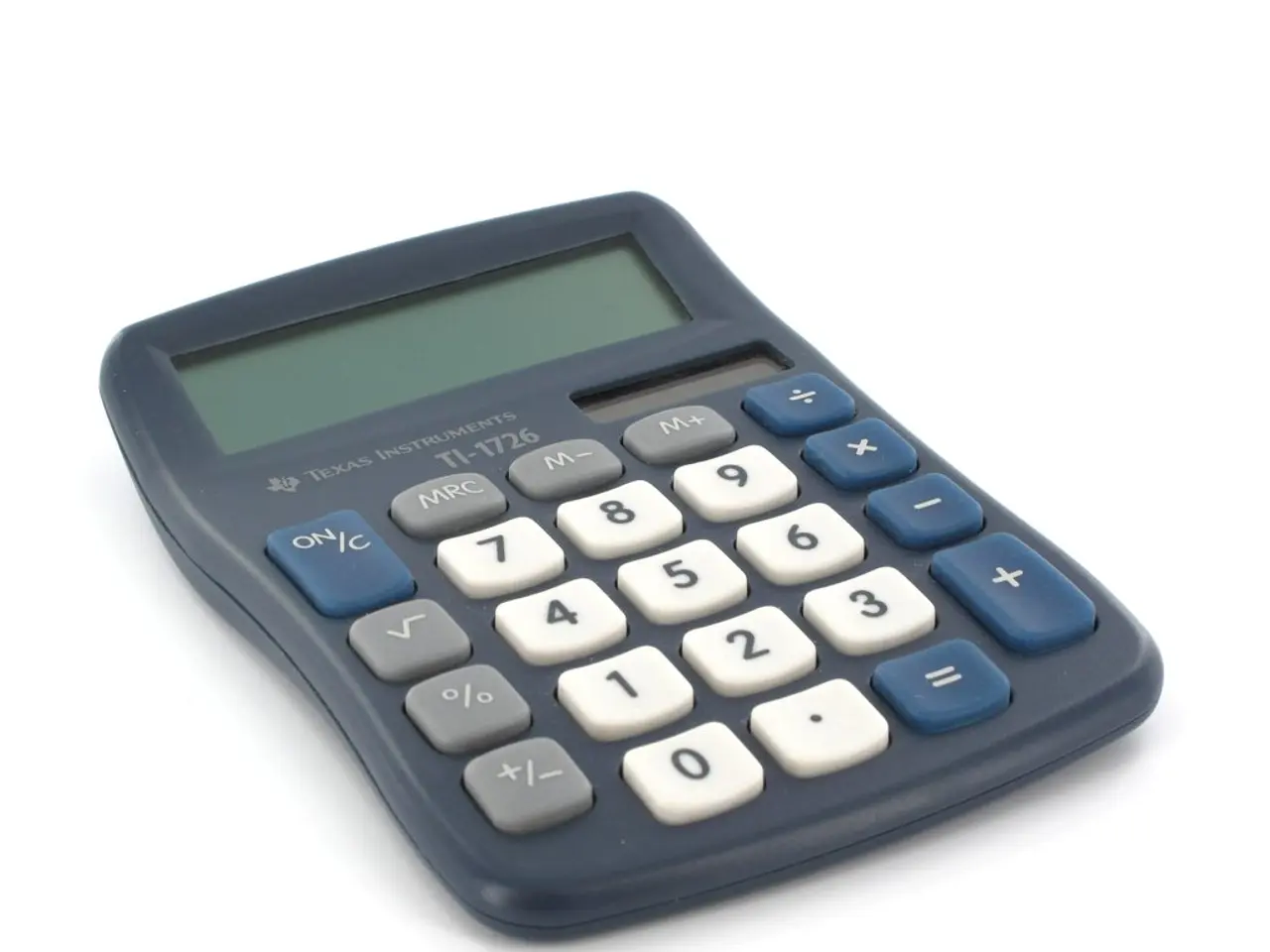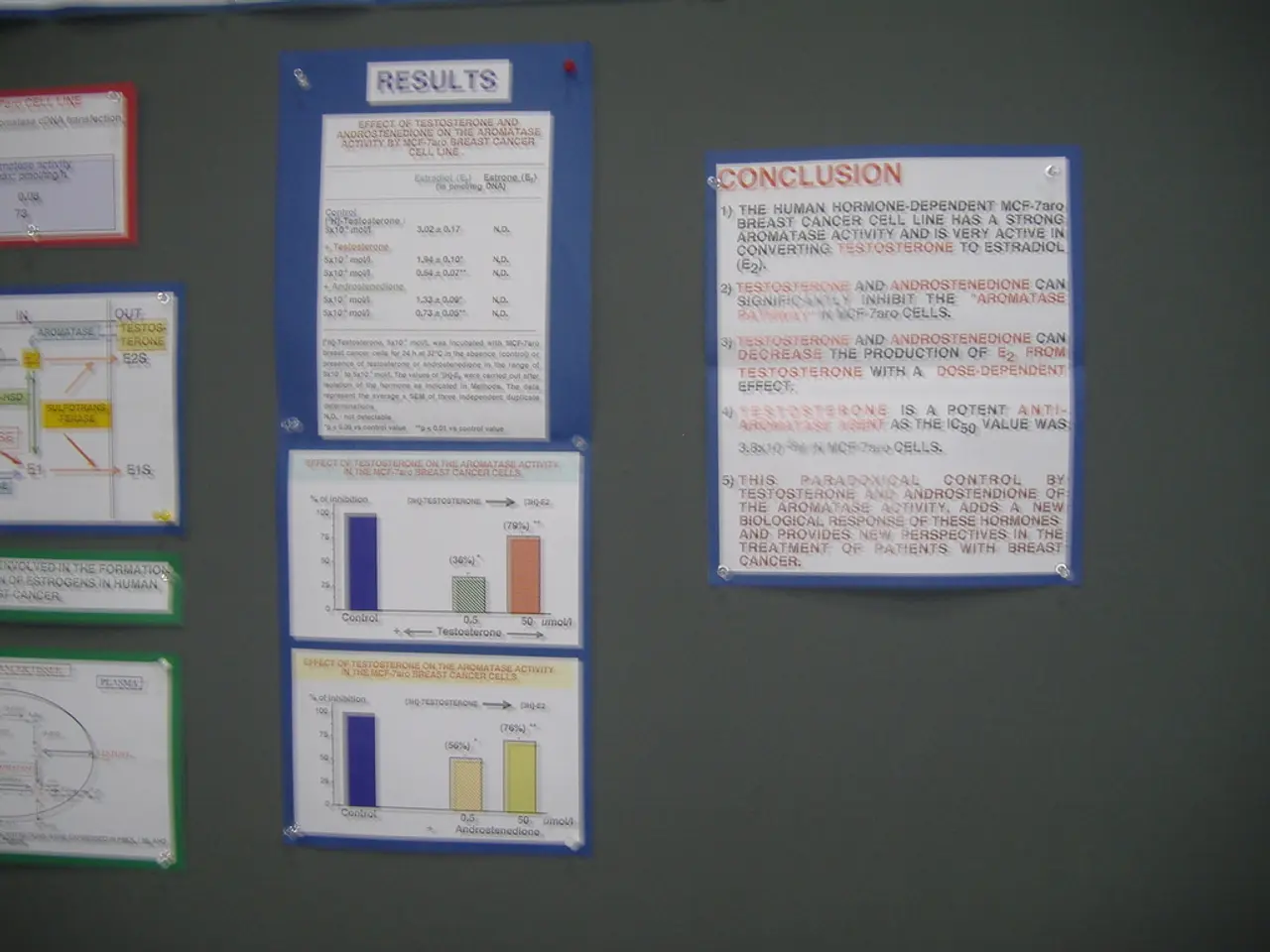Home Movement Tax Calculator: Determining the Tax Amount for Your House Relocation
In England, the Stamp Duty Land Tax (SDLT) rates vary depending on whether you are a first-time buyer, home mover, buy-to-let investor, or purchasing a second home. Additionally, there is an extra surcharge for non-UK buyers.
### First-Time Buyers
For first-time buyers purchasing a property up to £625,000, the 0% SDLT band has been extended to £425,000. Any amount between £425,001 and £625,000 is charged at 5%. This extension lowers the initial SDLT payable compared to standard rates but ends at £625,000 purchase price.
### Home Movers (Main Residences)
As of 1 April 2022, SDLT rates for main residences are:
- 0% on the first £250,000 - 5% on the portion from £250,001 to £925,000 - 10% on £925,001 to £1.5 million - 12% on amounts above £1.5 million
### Buy-to-Let Investors and Second Home Buyers
Due to a 3% surcharge on top of the standard rates, higher rates apply for buy-to-let investors and second home buyers:
- 5% on the first £250,000 - 10% on £250,001 to £925,000 - 15% on £925,001 to £1.5 million - 17% on amounts above £1.5 million
### Surcharge for Non-UK Buyers
Non-UK residents purchasing residential property in England pay an additional 2% SDLT surcharge on the entire purchase price. This surcharge is added on top of whichever SDLT rate applies to the property type and value. Non-UK resident status is defined by spending fewer than 183 days in the UK in any 365-day period around the transaction date.
The following table summarises the SDLT rates for each buyer type in England (2022):
| Buyer Type | Price Band | SDLT Rate | |----------------------------|-----------------------------|-----------------------| | **First-time buyers** | £0 - £425,000 | 0% | | | £425,001 - £625,000 | 5% | | | Above £625,000 | Standard rates apply | | **Home movers (main home)**| £0 - £250,000 | 0% | | | £250,001 - £925,000 | 5% | | | £925,001 - £1.5 million | 10% | | | Above £1.5 million | 12% | | **Buy-to-let / 2nd homes** | £0 - £250,000 | 5% (includes 5% surcharge) | | | £250,001 - £925,000 | 10% | | | £925,001 - £1.5 million | 15% | | | Above £1.5 million | 17% | | **Non-UK buyers surcharge**| Applies to all bands | +2% on total price |
These rates reflect the rules effective from 1 April 2022 and the surcharge updates through late 2024 into 2025. The temporary stamp duty holiday that lowered rates ended in March 2025, returning to these standard and higher surcharge rates.
The surcharge was first introduced by former Conservative Chancellor George Osborne in 2016. For those looking for the best mortgage rates and how to find them, this information can be found and compared online.
- The extended 0% SDLT band for first-time buyers in England now applies to properties up to £425,000, which is a significant reduction in initial SDLT payable compared to standard rates for investing in property.
- Buy-to-let investors and second home buyers in England face higher SDLT rates due to a 3% surcharge on top of the standard rates, making investments in real-estate and finance more expensive in these categories.
- Non-UK residents purchasing property in England not only have to contend with the standard SDLT rates for each property type and value, but also an additional 2% surcharge on the entire purchase price, which affects all buyer types and can have a significant impact on the overall cost of real-estate investments.








